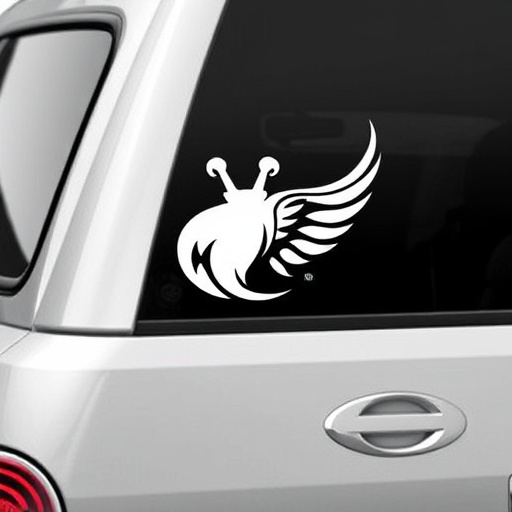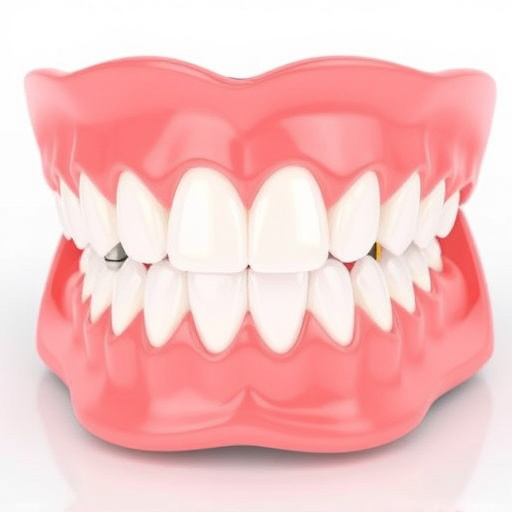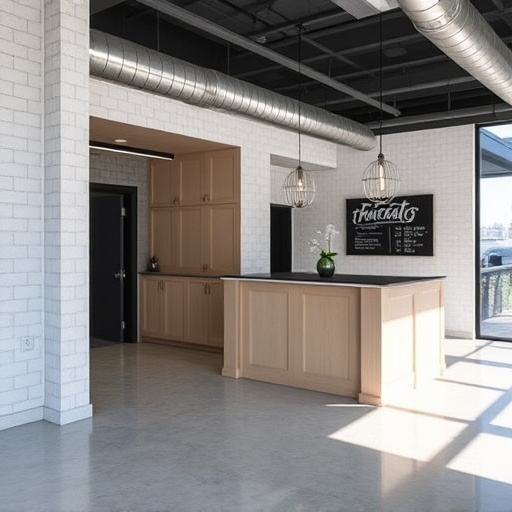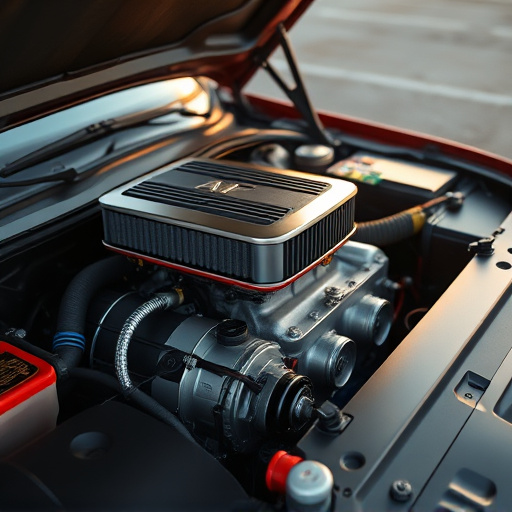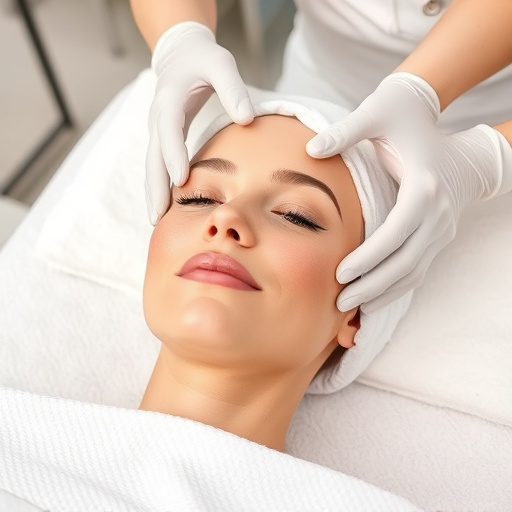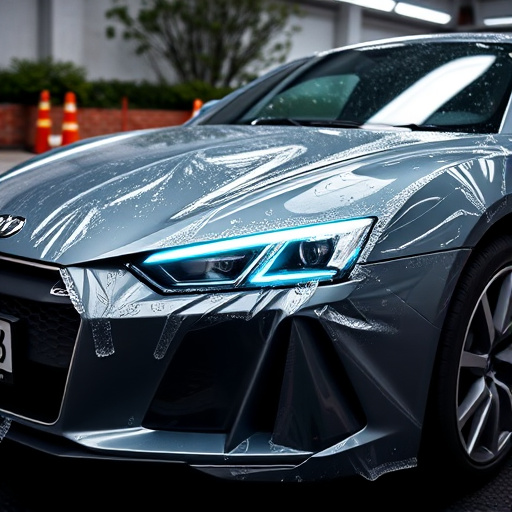Hydrophobic coatings, leveraging nanoscale structures, create superhydrophobic surfaces that repel water, prevent liquid absorption, and minimize cleaning effort. Popular in automotive detailing and various industries, these coatings offer protection against moisture, UV rays, and environmental damage, extending lifespan of coated materials like vehicle wraps, outdoor signage, glass, furniture, and industrial equipment while enhancing aesthetics and energy efficiency.
“Unveiling the science behind hydrophobic coating, this article offers a comprehensive guide to understanding its fundamentals, functionality, and far-reaching applications. From its basic definition to the intricate mechanisms it employs to repel water, we demystify this innovative technology. Discover how hydrophobic coating works on a molecular level, explore its diverse uses across industries, and uncover the numerous benefits it provides in everyday life. Get ready to delve into the world of hydrophobic coatings.”
- What is Hydrophobic Coating?
- How Does Hydrophobic Coating Work?
- Applications and Benefits of Hydrophobic Coating
What is Hydrophobic Coating?

Hydrophobic coating is a cutting-edge technology designed to create a protective barrier on various surfaces, repelling water and maintaining their integrity. This advanced material science application involves coating a surface with a compound that exhibits strong resistance to liquid absorption. The result is a sleek, smooth finish that not only enhances aesthetics but also offers practical benefits. In the context of automotive detailing, hydrophobic coatings have gained immense popularity in the premium automotive services industry for their ability to provide high-quality finishes that endure harsh environmental conditions.
By reducing water contact and preventing wetting, these coatings extend the lifespan of coated surfaces, making them ideal for both indoor and outdoor applications. The technology behind hydrophobic coating leverages nanoscale structures and chemical properties to create a superhydrophobic surface, ensuring that liquids bead up and roll off effortlessly. This characteristic not only makes it easier to clean but also reduces the risk of water damage and stains, contributing to longer-lasting appearances in both personal and industrial settings.
How Does Hydrophobic Coating Work?

Hydrophobic coating works by creating a barrier that repels water and other liquids, while also offering enhanced UV protection. This innovative technology is designed to protect various surfaces from moisture-related damage, making it particularly useful for applications like custom vehicle wraps and outdoor signage. The coating’s unique surface properties prevent liquids from wetting or penetrating the material, ensuring its integrity even in harsh environmental conditions.
The science behind hydrophobic coatings involves precise molecular arrangements that create a superhydrophobic surface. This is achieved by applying specialized materials that have a natural aversion to water molecules. When applied correctly, these coatings form a gossamer barrier, causing water droplets to bead up and roll off the surface, taking any contaminants with them. This self-cleaning effect not only maintains aesthetics but also extends the lifespan of the coated material by protecting it from the elements and reducing the need for frequent maintenance, such as custom graphics that demand regular cleaning and upkeep.
Applications and Benefits of Hydrophobic Coating

Hydrophobic coating finds its applications across a wide range of industries, offering numerous benefits that have revolutionized various sectors. One notable use is in automotive and architectural glass, where it transforms ordinary windows into functional works of art. Through ceramic window tinting, hydrophobic coatings provide not just an aesthetically pleasing finish but also superior protection against UV rays, heat, and debris. This results in reduced fading of interiors and enhanced energy efficiency.
Beyond that, these coatings are invaluable in maintaining high-quality finishes on surfaces exposed to harsh environments. Whether it’s outdoor furniture, building facades, or industrial equipment, hydrophobic protective coatings ensure durability by repelling water, dirt, and stains. This not only preserves the initial appearance but also extends the lifespan of the coated materials, making them low-maintenance alternatives.
Hydrophobic coating has emerged as a versatile and innovative solution, offering numerous applications and benefits across various industries. By understanding the science behind its water-repellent properties, we can appreciate how this technology enhances durability, prevents contamination, and improves surface performance. Hydrophobic coatings are not just a passing trend but a game-changer that promises to revolutionize protection strategies in the modern world.
